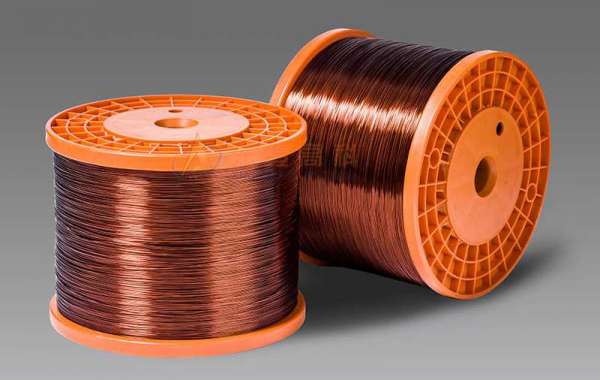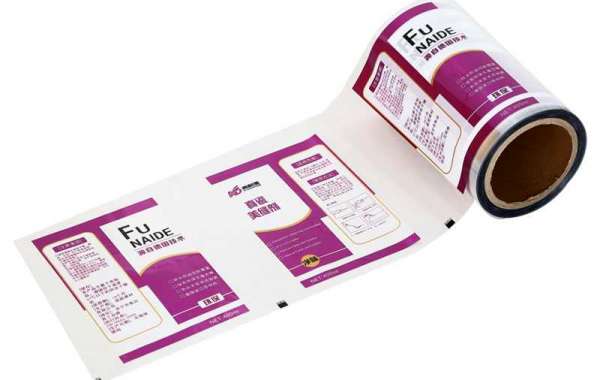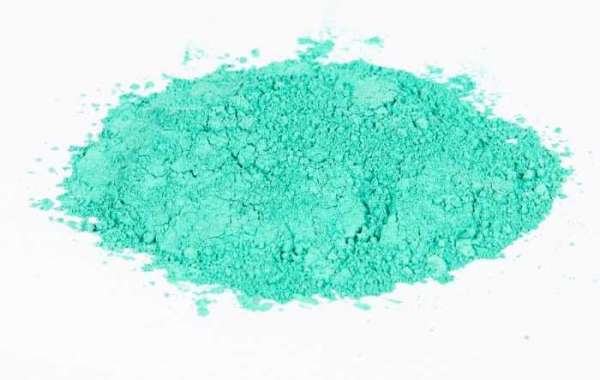The round enameled wire belongs to a category of electromagnetic wires, which usually refers to insulated wires used to make coils or windings in electrical products. Also called winding wire.
The level of enameled wire refers to the use of Chinese Pinyin (or Latin) English letters and one or more numbers to represent different shapes and types of profiles and products (such as cemented carbide).
The expression method of the enameled wire level:
- Symbol + code:
(1) Series code: enameled wire winding: Q paper wrapping winding: Z
(2) Conductor material: copper conductor: T (omitted) aluminum conductor: L
(3) Insulation material: Y, polyamide (pure nylon)
(4) Conductor characteristics: flat wire: B round wire: Y (omitted) hollow wire: K
(5) Paint film thickness: round line: thin paint film-1 thick paint film-2 thick paint film-3 flat line: ordinary paint film-1 thick paint film-2
(6) The calorie level is expressed by /XXX.
- Enameled wire grade: The enameled wire product model is named using a combination of Chinese Pinyin letters and Arabic numerals. Its composition includes the following parts. Combining the above parts in order is the product model of enameled wire.
Magnet wires must meet the requirements of various usage and manufacturing processes. The former includes its shape and specifications. It can work at high temperatures for a short time and for a long time. In some cases, it can withstand strong vibration and centrifugal force at high speeds. It is resistant to corona and breakdown under high pressure and has resistance to special atmospheres. Chemical corrosion, etc.; the latter includes the requirements for stretching, bending and abrasion during winding and embedding, as well as swelling and corrosion during immersion and drying.
The copper magnet wire can be classified according to its basic composition, conductive core and electrical insulating layer. Generally, it is divided into enameled wire, winding wire, enameled wire and inorganic insulated wire according to the insulating material and manufacturing method used for the electrical insulating layer.








